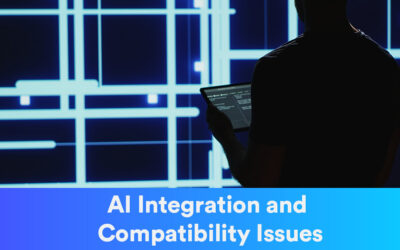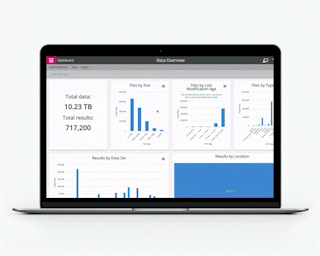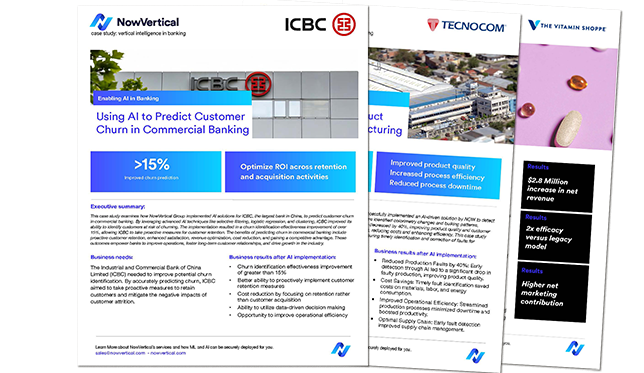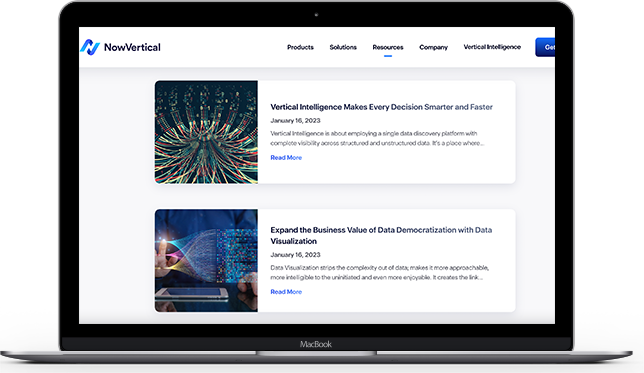November 14, 2022
Wherever and however any business or organization operates, its activities will have a greater or lesser impact on the environment, on the people it employs, and on the customers or citizens it serves.
Monitoring, controlling, and managing that impact to ensure, as much as possible, a positive rather than a negative outcome — can be a complex task. It’s also a high-profile task, frequently attracting the attention of watchdogs, regulators, and the media. So it should, given the current precarious state of our planet; with COP27 placing decarbonization plans front and center of its agenda.
Environmental, Social, and Governance Strategies (ESG)
The framework for running any business or organization with a focus on positive outcomes, and providing verifiable proof of such direction, is an ESG strategy. This framework is increasingly essential; no longer a “nice to have,” but a clear statement of intent and the actions and behaviors that realize the intent:
“Increasingly empowered consumers and more activism-oriented investors are pushing organizations to address ESG issues concretely and transparently”, says Deloitte Insights: “Boards and C-suites that can get ahead of ESG disclosure regulation can build a business that meaningfully integrates ESG into its strategic planning and is better poised to manage risks, while also delivering shareholder value and increasing their organizations’ resiliency in a changing world”.
Technology assumes a strange Jekyll and Hyde role from an ESG perspective. It has its very own “emissions,” in the form of data. It has to be stored and handled somewhere.
Data lives in data centers, and here’s the downside to consider. Data centers themselves account for a hefty chunk of the world’s carbon emissions, an impact you can read more about in one of our recent data center blogs. It is also stored in on-premise servers. Whenever it is, and digital in nature though data is (almost by definition), hardware comes into play; requiring electricity for power and cooling.
According to the Climate Neutral Group, it’s estimated that data centers globally consume some 2 percent of total GHG emissions and 3 percent of the global electricity supply. As more and more companies turn to cloud solutions, the significance of the data center in the modern world will grow.
Is Big Data a Blessing …or a Curse?
More data means more insights, which means businesses can serve their customers better, drive efficiencies more easily, and leverage that same data to understand and control their own carbon footprints.
On the face of it, that’s a self-evident truth. Combined with the cloud computing benefit — that by moving your energy-guzzling hardware reliance off the promises and into the data center you gain an automatic reduction in carbon footprint — there would appear to be win-win advantages all around.
Not so. Using a third-party data center means that you accrue your share of the carbon footprint of the data center directly attributable to your activities.
Having an approximate view of the enormity of your data is less than best practice. It’s an inefficiency within the business, and it’s a question you can prevent from being raised when you publish your ESG strategy.
Data Transparency
To avoid the ‘approximate’ view, specificity is gained through Governance, Risk, and Compliance (GRC) practices. As we stated in our blog dedicated to this topic: “GRC is the integrated collection of capabilities that enable an organization to reliably achieve objectives, address uncertainty, and act with integrity” and if ESG is uniformly informed by one single principle, it’s integrity.
Without wishing to embark on a word association trail, integrity is both manifested and demonstrated through transparency, and here’s where data across the organization is essential.
Sometimes, transparency is easy. Your systems generate data, store it, classify it, and ensure that it’s compliant — and the job is largely done. Other than the fact that unstructured data can complicate matters. So, too, can data deluge where an organization unwittingly stores duplicated, out-of-date or non-compliant data.
Two things can happen when this situation prevails; the first is that data mounts up and the data center soaks it up. The second is that it creates inefficiencies and can lead to adverse criticism from the board and nervousness among stakeholders that best practice data governance is not in play.
None of these instances does anything to enhance an organization’s ESG reporting. It can undermine great efforts taking place in parts of the business if the way the business actually runs itself is seen to be haphazard. ESG is not only about doing the right thing; it is also about being seen to do the right thing.
Seeing brings us back to transparency. Which depends on visibility (promise, no more word association trails). One single view of the truth, across the entire organization’s activities and relationships, in adherence to the single guiding principle of integrity, enables you to rely on your data to show you have nothing to hide.
If you want to make sure that your data practices reflect your commitment to global concerns, and to ensure swift and efficient reporting across any aspect of your business, anywhere, at any time, just take a look at NowPrivacy’s data discovery platform. This is what a win-win scenario looks like.









